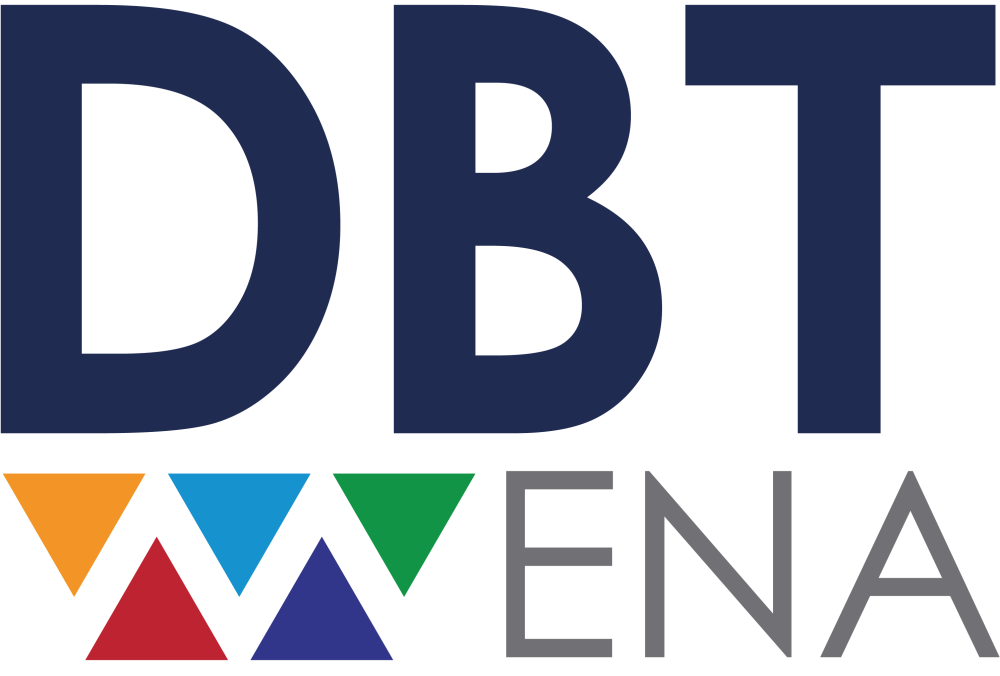What is DBT
Welcome to DBT MENA!
DBT is an innovative and unique treatment model for Borderline Personality Disorder, developed by Marsha Linehan at the University of Washington, Seattle. Its popularity has grown rapidly due to its success in effectively treating client groups with problems stemming from emotional dysregulation.
The principles of DBT were specifically designed for cases that often present therapists with novel challenges. One of the benefits of a principle-based treatment is that it can be versatile enough to accommodate the specific situations, cultures, and contexts of the persons it serves.

The Development of DBT
In the late 1970s, Marsha M. Linehan (1993) sought to apply standard Cognitive Behavior Therapy (CBT) to address the challenges faced by adult women with histories of chronic suicide attempts, suicidal ideations, and urges to self-harm and self-mutilate. With her background in behaviorism, she focused on treating specific behaviors. However, after consulting with colleagues, she realized that the women she was working with met the criteria for Borderline Personality Disorder (BPD). During this period, CBT had become recognized as an effective treatment for various severe issues, and Linehan was particularly interested in exploring whether it could help individuals whose suicidality stemmed from profoundly painful emotional struggles. As she and her team implemented standard CBT, they encountered several significant challenges. Three main issues stood out:
- Clients found the change-focused nature of CBT to be invalidating.
- Clients unintentionally positively reinforce their therapists for ineffective treatment while punishing their therapists for effective therapy.
- The intensity and volume of the problems presented by clients made it impossible to apply the standard CBT format, as there was insufficient time during sessions to address the problems presented by clients and teach them new skills.
In response to the challenges with standard CBT, Linehan and her research team made substantial adjustments by incorporating new strategies and restructuring the treatment. They introduced acceptance-based interventions, known as validation strategies, to communicate to clients that they were accepted as they were and that their behaviors, including self-harming behaviors, made sense in some way.
The focus on acceptance did not replace the emphasis on change; clients were still expected to make changes if they wanted to create a life worth living. The integration of acceptance and change was not mutually exclusive, but rather, the two approaches supported and enhanced each other.
As Linehan weaved in acceptance with change, she noticed that a third set of strategies—dialectics—emerged. Dialectical strategies allow therapists to balance acceptance and change in each session, helping to prevent both therapists and clients from becoming stuck in polarized thoughts, feelings, and behaviors, which often arise in the treatment of individuals with BPD.
The use of dialectical strategies and a dialectical worldview, which emphasizes holism and synthesis, helped therapists to combine acceptance and change in ways that promoted movement, speed, and flow throughout individual sessions and the overall treatment. This approach counteracted the tendency in treating clients with BPD to get stuck in extreme, polarized positions. These strategies and the theories behind them form the foundation of Dialectical Behavior Therapy (DBT).
Restructuring the Treatment
Significant modifications were made to the structure of treatment to address the issues encountered with standard CBT. The following outlines how DBT treatment is organized by Functions and Modes, as well as by Stages and Targets. The treatment described below is considered to be Standard and Comprehensive DBT. It is the form of DBT that has been subject to randomized controlled trials (RCTs). Variations of DBT that deviate from the structure outlined here are still under research but have not undergone the same rigorous testing as standard comprehensive DBT. Therefore, it is important to note that this is the definition of comprehensive DBT, and variations from this structure are not considered comprehensive or standard.
Functions & Modes:
Modes: Standard Comprehensive DBT comprises 4 components:
- Individual Therapy (approximately 60 minutes/ week)
- Group Skills Training (approximately 120 minutes/ week)
- Consultation Team Meetings (approximately 90 minutes/ week)
- In The Moment (Phone) Coaching (unscheduled, on average lasting around 6 minutes).
Functions: Linehan hypothesizes that any comprehensive psychotherapy must meet five critical functions. The therapy must:
- Enhance and maintain the client’s motivation to change.
- Enhance the client’s capabilities
- Ensure that the client’s new capabilities are generalized to all relevant environments
- Enhance the therapist’s motivation to treat clients while also enhancing the therapist’s capabilities.
- Structure the environment so that treatment can take place.
These functions can be met in many possible modes, but in standard outpatient DBT, it is typically the individual therapist who maintains the client’s motivation for treatment since the individual therapist is the most salient individual for the client. Skills are acquired, strengthened, and generalized through the combination of skills groups, phone coaching (clients are instructed to call therapists for coaching prior to engaging in self harm), and homework assignments. Therapists’ capabilities are enhanced, and burnout is prevented through weekly consultation team meetings. The consultation team helps the therapist stay balanced in their approach to the client while supporting and cheerleading the therapist in applying effective interventions. The consultation team is essential to consider meeting the requirements of the treatment. Finally, the environment can be structured in a variety of ways, say by the client and therapist meeting with family members to ensure that the client is not being reinforced for maladaptive behaviors or punished for effective behaviors in the home.
Stages & Targets
DBT organizes treatment into stages and targets and, with very few exceptions, adheres strictly to the order in which problems are addressed. The organization of the treatment into stages and targets prevents DBT from being a treatment that addresses the crisis of the moment.
The first stage of treatment focuses, in order, on decreasing life-threatening behaviors, behaviors that interfere with therapy, quality of life-threatening behaviors, and increasing skills that will replace ineffective coping behaviors. The goal of Stage I DBT is for the client to move from behavioral dyscontrol to behavioral control so that there is a normal life expectancy. In Stage II, DBT addresses the client’s inhibited emotional experiencing. It is thought that the client’s behavior is now under control, but the client is suffering “in silence”. The goal of Stage II is to help the client move from a state of quiet desperation to one of full emotional experiencing. This is the stage in which post-traumatic stress disorder (PTSD) would be treated. Stage III DBT focuses on problems in living, with the goal being that the client has a life of ordinary happiness and unhappiness. Linehan has posited a Stage IV specifically for those clients for whom a life of ordinary happiness and unhappiness fails to meet a further goal of spiritual fulfillment or a sense of connectedness of a greater whole. In this stage, the goal of treatment is for the client to move from a sense of incompleteness towards a life that involves an ongoing capacity for experiences of joy and freedom.
Why DBT?
Research shows that DBT leads to improvement in various problems related to Borderline Personality Disorder, such as self-harm, suicide attempts, depression, eating problems, and feelings of hopelessness.
- Treats patients with a history of chronic suicidal behaviour.
- It is a unique, team-based Cognitive Behavioural Therapy.
- Enhances the morale and effectiveness of the therapist.
- Can be adapted for specialties such as Eating Disorders, Adolescents, and Substance Misuse, amongst others.
- It is recognised to treat women with BPD for whom reducing recurrent self-harm is a priority (NICE, 2009).
Although the strongest evidence exists for DBT as a treatment for people with BPD, DBT has been found to be effective for a wide variety of mental health conditions. Conditions for which standard or adapted versions of DBT have been found to be effective in at least one randomized controlled trial are:
- Borderline Personality Disorder, including those with co-occurring suicidal and self-harming behavior, Substance use disorder, Posttraumatic stress disorder, high irritability
- Cluster B Personality Disorders
- Self-harming individuals with personality disorder
- Attention Deficit Hyperactivity Disorder
- Post-traumatic stress disorder related to childhood sexual abuse
- Major depression, including treatment-resistant major depression, in older adults with chronic depression and one or more personality disorders
- Bipolar disorder
- Transdiagnostic Emotion Dysregulation
- Suicidal and self-harming adolescents
- Pre-adolescent children with severe emotional and behavioral dysregulation
- Binge eating disorder
- Bulimia Nervosa
Research on DBT
There is a wealth of evidence supporting the effectiveness of DBT. The first randomized controlled trial (RCT) of DBT was published in 1991, in which Dr. Marsha Linehan and her colleagues found that DBT resulted in significant improvements for chronically suicidal and self-injuring women with Borderline Personality Disorder (BPD), a clinical population that had previously been viewed as untreatable (Linehan et al., 1991)
In the decades since this landmark study, DBT has been extensively researched for individuals with a wide range of mental health conditions receiving treatment in diverse practice settings around the world. Below are some of the highlights of research on DBT. For a more detailed view of evidence supporting the effectiveness of DBT, check out BehavioralTech’s website here, and Click here for a list of RCTs of DBT since 2013
- Two randomized controlled trials (RCTs) of DBT, funded by the National Institute of Mental Health and the National Institute of Drug Abuse, show DBT’s effectiveness over Treatment-As-Usual (TAU) for BPD and co-morbid substance abuse (Linehan et al., 1991; Linehan et al., 1999).
- Clients receiving DBT were:
- Less likely to drop out of therapy compared to TAU.
- Less likely to engage in parasuicide.
- Reported fewer parasuicidal behaviors and had less medically severe parasuicidal behaviors.
- Less likely to be hospitalized, had fewer days in the hospital, and had higher scores on global and social adjustment.
- In the DBT study for women with co-morbid substance abuse, DBT was more effective than TAU in reducing drug abuse.
- Follow-up showed greater gains in global and social adjustment for DBT recipients.
- Independent RCTs have supported DBT’s effectiveness:
- Koons et al.. (2001) found that DBT reduced suicidal ideation, depression, hopelessness, and anger in women veterans diagnosed with BPD.
- Verheul et al.. (2003) found that DBT led to greater treatment retention, reduced suicidality, and fewer self-harm or self-mutilation episodes.
50% fewer suicide attempts in patients in DBT versus other therapy modes.
Linehan et al, 2006; Two-year randomized controlled trial and follow-up of Dialectical Behavior Therapy vs therapy by experts for suicidal behaviors and borderline personality disorder
A 6-month DBT program has been shown to be effective in reducing hospital stays by 70%
Prendergast & McCausland, 2007; Dialectic Behavior Therapy: A 12-Month Collaborative Program in a Local Community Setting
At 12 months after DBT therapy, 51.2% of adolescents were not self-harming.
McCauley et al, 2018; Efficacy of Dialectical Behavior Therapy for Adolescents at High Risk for Suicide: A Randomized Clinical Trial
- DBT Prolonged Exposure: Rates of diagnostic remission from PTSD ranged from 71-80% among DBT PE treatment completers and 58-60% among all clients assigned to receive the DBT PE protocol (Harned et al., 2012)
- DBT Substance Use: Harned and colleagues (2008) found that 87.5% of those with substance dependence who received DBT achieved full remission for at least 4 weeks, as compared to only 33.3% of those who received comparison treatment by experts. (Harned et al., 2008)
- DBT Eating Disorders: Evidence supporting the effectiveness of DBT found that 56% of people with binge-eating disorder completely stop binge eating after DBT. (Safer & Robinson, 2010) and, 27% of people with bulimia nervosa completely stop binge eating and purging after DBT. (Chen et al., 2016)



